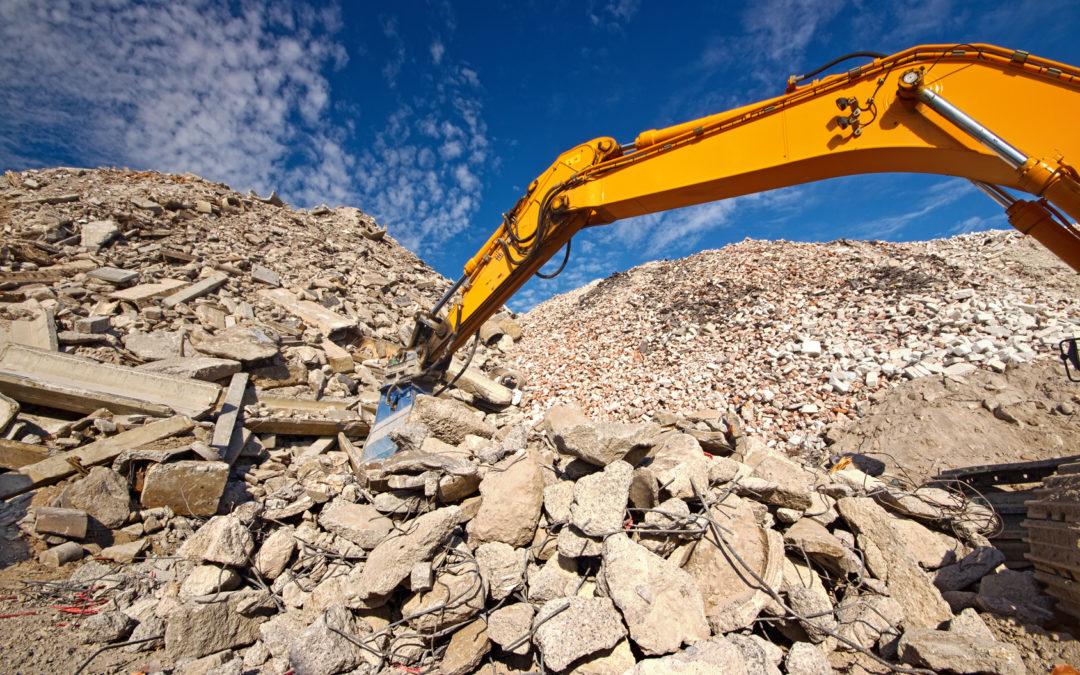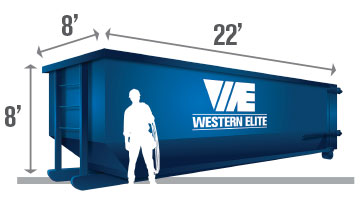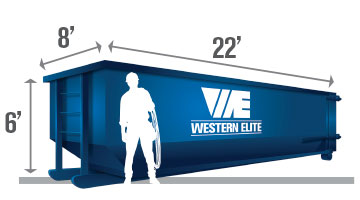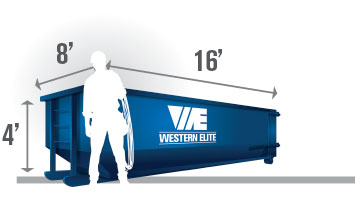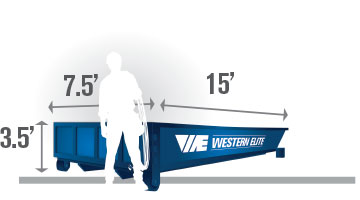You may remember from our first blog post about construction and demolition (C&D) materials that it’s possible to reuse and recycle a variety of C&D materials, including rigid plastics, concrete, rock, masonry, tile, porcelain, metals, lumber, carpet, and insulation. Once these recyclable materials are removed from the waste stream and sorted, they are distributed to the appropriate recyclers for further processing. In part one of a two-part series, here is a more in-depth look at how some of these materials are processed for reuse and recycling.
Rigid Plastics
Rigid plastics (which you’ll find in drum buckets, storage crates, and more) is actually the fastest growing category of plastics recycling. Once rigid plastics are removed from the waste stream, they can be transported to a facility that specializes in rigid plastics sorting and breakdown. These plastics may be broken down at the molecular level through chemical recycling and recycled into new plastic products.
Concrete
Did you know that concrete is the number one component of C&D waste? Concrete for reuse must be uncontaminated—that is, free of trash, wood, paper, etc. It is most commonly put through a crushing machine, after which other particulates are filtered out through a variety of methods, including water floatation and hand picking. This crushed concrete can then be used as gravel at new construction sites, as sub-layer gravel in road paving, or as aggregate for brand new concrete.
Rock
Recycling rock is very similar to recycling concrete. Uncontaminated pieces of rock can be processed at special facilities, where they are finely crushed and reused as aggregates and granular materials for new construction projects.
Masonry
Masonry is a general term for structures comprised from stone, brick, or concrete. So as you can imagine, masonry is recycled much concrete and rock are and can be recycled and reused after it has been finely crushed. You’ll most often see masonry reused to create new concrete, for pavement bases, and for some landscaping purposes. Recycling masonry is often more complicated than recycling concrete, as it is more likely to contain contaminants.
Tile
Ceramic tile recycling is becoming increasingly feasible and common. Special facilities for processing tile will typically crush the tile, after which it can be put to a variety of new uses. Crushed tile may be used as drainage material, as a rock base for driveways, or even as aggregate for creating new, recycled tile.
Look out for part two of this series for more on the recycling of common C&D materials.

